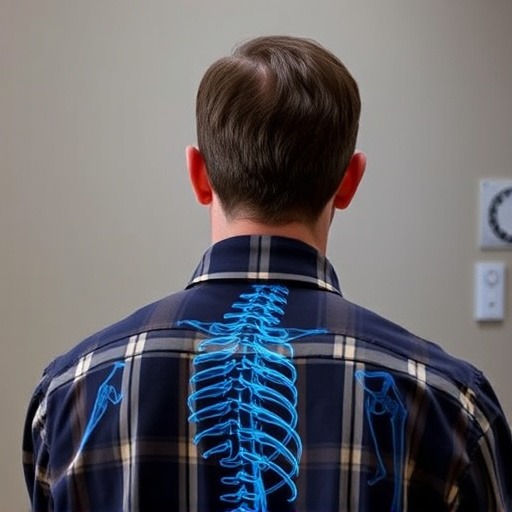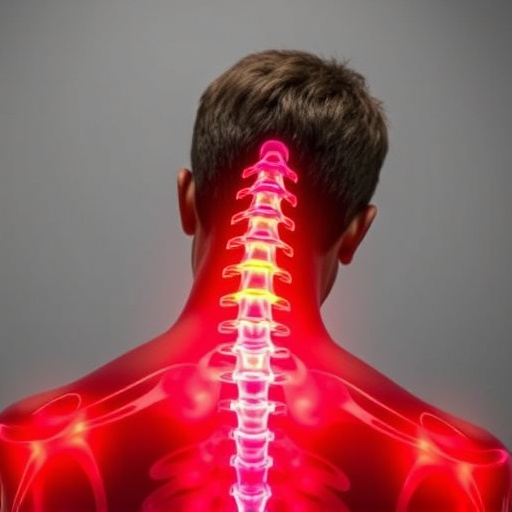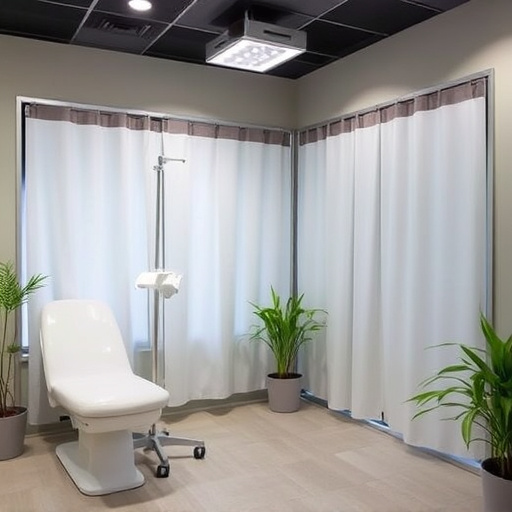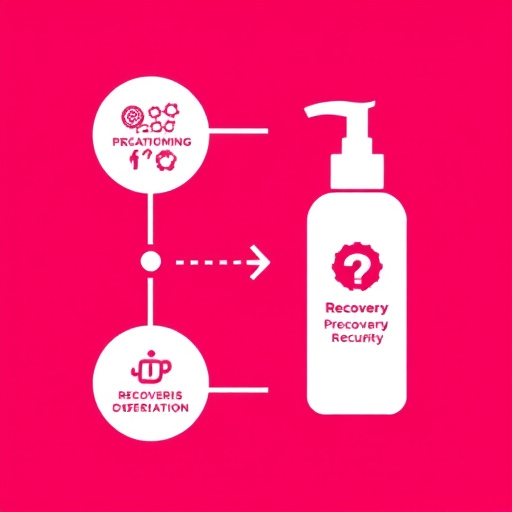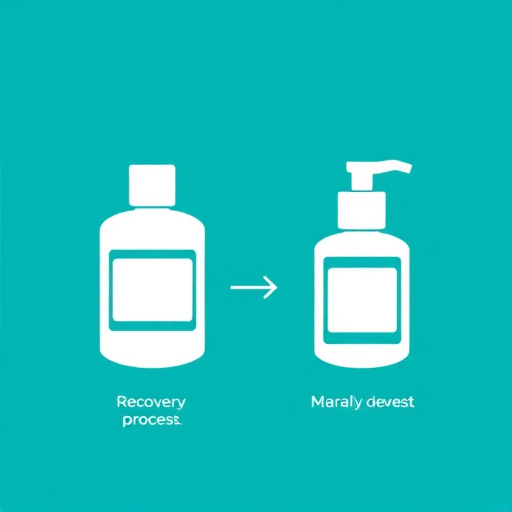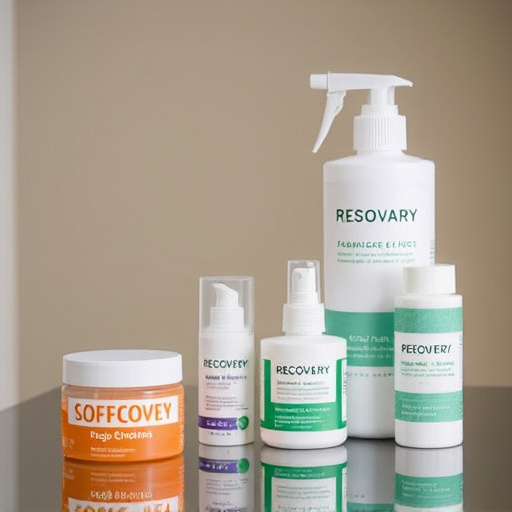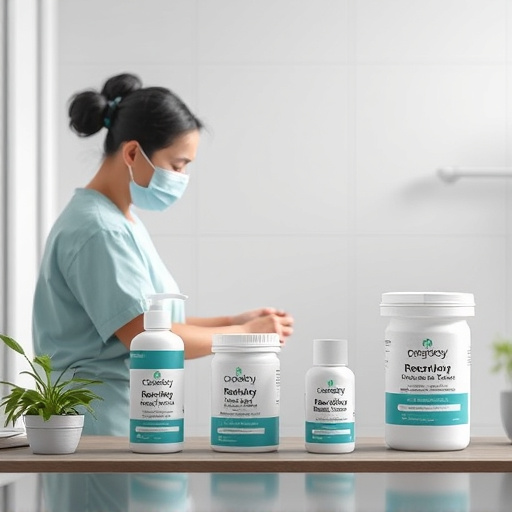Laser hair removal recovery varies based on skin type, treatment area, and individual healing, lasting 24-72 hours. Following post-treatment instructions minimizes redness, swelling, and sensitivity. Best practices include keeping the treated area clean, avoiding sun exposure, refraining from strenuous activities, and using gentle skincare products. Mild redness or swelling is normal and usually subsides within a few days; severe symptoms require immediate medical attention.
Looking for expert advice on laser hair removal recovery? Our comprehensive guide covers everything you need to know about understanding and optimizing your post-treatment experience. From tips to enhance healing to addressing common concerns, we provide valuable insights to ensure a smooth journey. Learn when to seek professional support and discover best practices for minimizing downtime associated with laser hair removal recovery time.
- Understanding Laser Hair Removal Recovery: A Comprehensive Guide
- Optimizing Your Post-Treatment Experience: Tips and Best Practices
- Common Concerns and When to Seek Professional Support
Understanding Laser Hair Removal Recovery: A Comprehensive Guide

Laser hair removal is a popular permanent hair reduction method, but understanding the recovery process is essential for optimal results and patient comfort. The recovery period after laser hair removal varies depending on several factors, including skin type, treatment area, and individual healing capabilities. On average, most people experience a brief downtime of 24 to 72 hours following the procedure. During this time, it’s crucial to follow post-treatment instructions provided by your professional to minimize discomfort and potential side effects.
A comprehensive guide for laser hair removal recovery should address common concerns such as redness, swelling, and temporary sensitivity. Patients are often advised to avoid strenuous activities, direct sunlight, and certain skincare products for a specified period. Additionally, knowing when to expect regrowth and how to manage it is vital. Typically, results become noticeable within a few weeks, and some areas may require touch-up sessions. Following proper care instructions ensures an efficient recovery process, leaving patients with smoother, hairless skin.
Optimizing Your Post-Treatment Experience: Tips and Best Practices
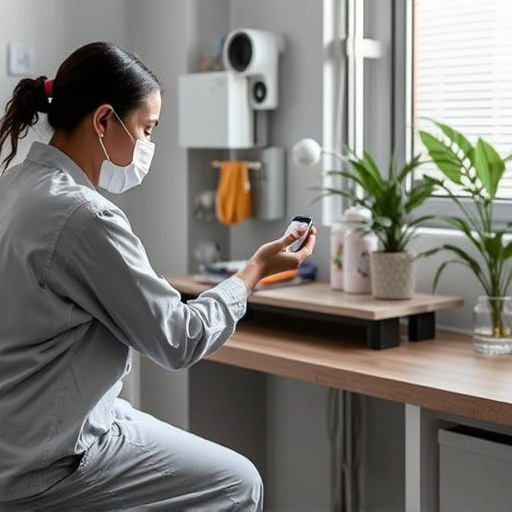
After undergoing laser hair removal, optimizing your recovery process is crucial for achieving the best results and ensuring a comfortable experience. One of the key aspects to focus on during this period is managing expectations. It’s important to remember that everyone’s skin reacts differently, so be mindful that your recovery time may vary from others’. Typically, you can expect redness and mild irritation, which usually subside within a few days to a week.
To aid in the healing process, incorporate some best practices into your post-treatment routine. Keep the treated area clean and moisturized. Avoid intense sun exposure and always use sunscreen when going outdoors. Refrain from strenuous activities or sweating for 24-48 hours after treatment to prevent irritation. Additionally, be cautious with makeup, cleansers, and other skincare products, choosing gentle, fragrance-free options recommended by your professional.
Common Concerns and When to Seek Professional Support
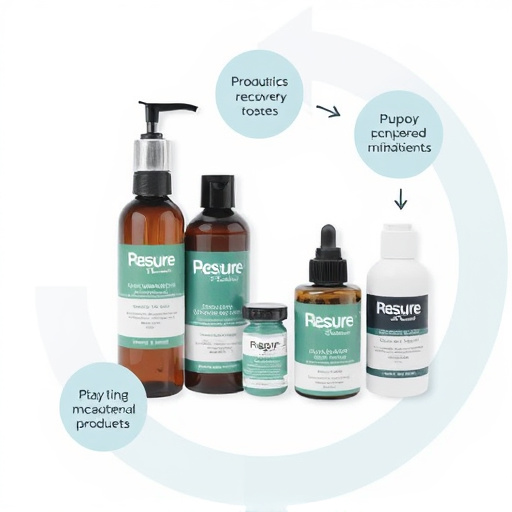
Many individuals considering laser hair removal often have concerns about the recovery process and its potential side effects. It’s completely natural to want to understand what to expect after such a procedure, especially regarding laser hair removal recovery time. One of the primary worries is discomfort during and after the treatment, but it’s important to know that modern technologies have significantly reduced these issues.
Another common query is when to seek professional support. Generally, mild redness or swelling is normal immediately post-treatment and usually subsides within a few days. However, if these symptoms persist longer than expected or are accompanied by severe pain, excessive bleeding, or signs of infection, it’s crucial to contact your healthcare provider promptly. Remember, seeking timely professional guidance ensures optimal recovery and helps manage any potential complications effectively.
In conclusion, understanding the intricacies of laser hair removal recovery is key to a successful and comfortable post-treatment experience. By optimizing your care with best practices and addressing common concerns promptly, you can ensure an efficient healing process. Remember that seeking professional support when needed is vital for managing any complications and achieving optimal results. With the right guidance, you’ll be on track to experiencing the full benefits of laser hair removal with minimal downtime.
